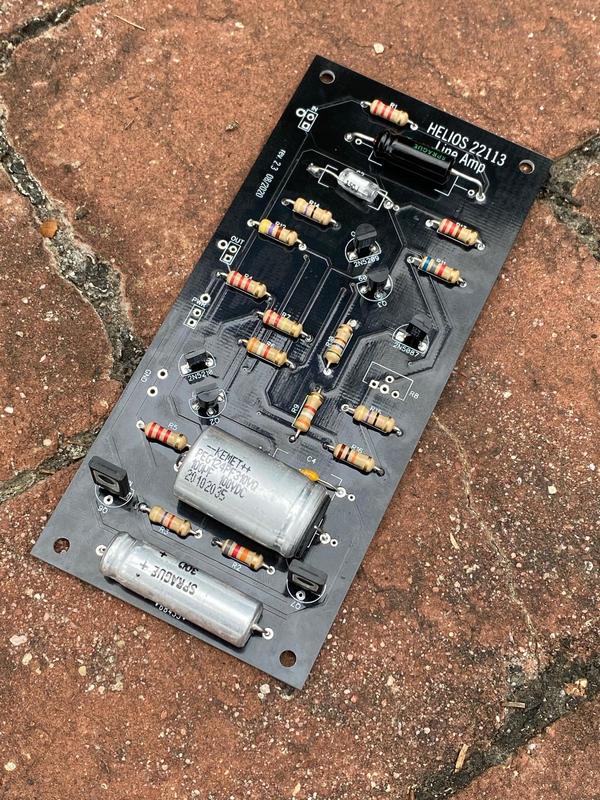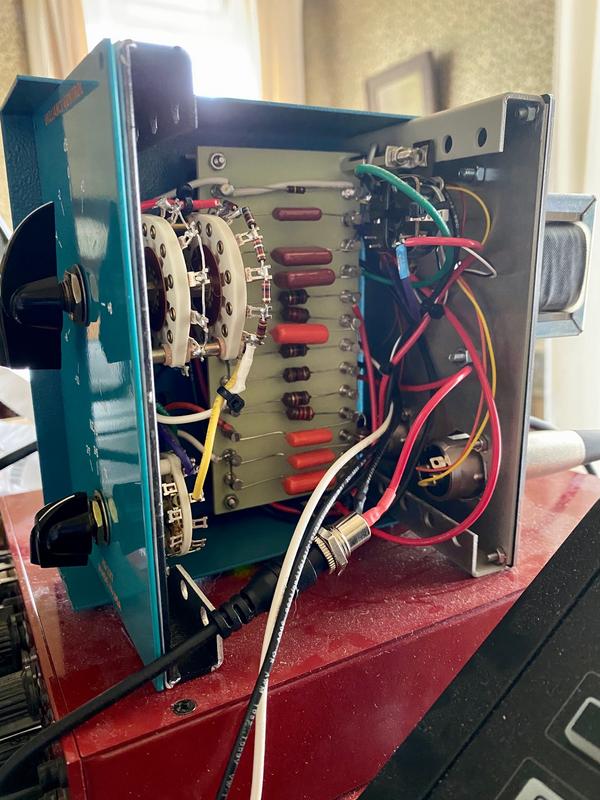ruffrecords
Well-known member
No you are right it is not implicit. What it means is that if you can arrange for the load attached the the transformer secondary to be 10K then you do not need the Zobel network. So if your load is 20K for example then you could add 20K across the transformer to make its load equal to 10K.Thanks Ian! Yes, I did see that, but I wasn’t sure what to make of it. So I should add a 10k resistor to ground — RL on the schematic above — off of the yellow lead between the transformer and the eq input? (Understanding that the zobel network is then unnecessary).
Apologies if this should be implicit and obvious from your answer.
Cheers
Ian



































